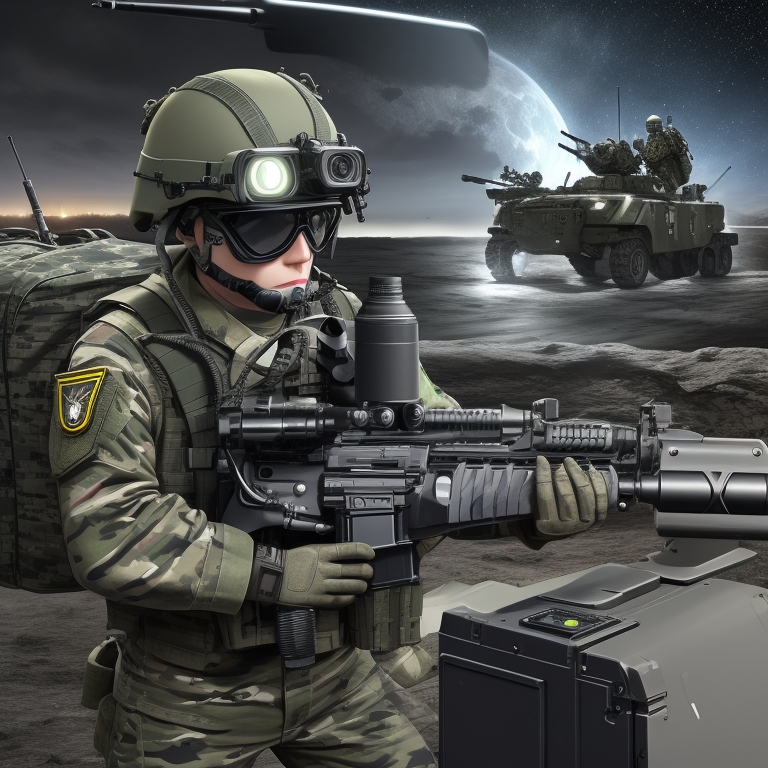

Night Vision Technology
Night vision refers to the ability to see in low-light environments, achieved through biological or technological means. This capability is enabled by two key factors: an adequate spectral range and a sufficient intensity range. While many animals possess enhanced night vision, human vision in low-light conditions is relatively poor, primarily due to the absence of a tapetum lucidum in the human eye.
Night Vision Devices (NVDs)
A Night Vision Device (NVD) typically consists of an image intensifier tube housed in a rigid casing. These devices are commonly used by military personnel for improved visibility in dark environments. In recent years, night vision technology has become more accessible for civilian use. Enhanced Vision Systems (EVS), for example, have been integrated into modern aircraft avionics to assist pilots with situational awareness and accident prevention. Manufacturers such as Cirrus and Cessna include EVS as part of their avionics packages, while the US Navy has adopted helmet-mounted displays featuring this technology, produced by Elbit Systems.
Night Vision Goggles (NVGs)
A specific type of NVD, the Night Vision Goggle (NVG), is equipped with dual eyepieces. NVGs may use a single intensifier tube shared by both eyes or feature separate intensifier tubes for each eye. When combined with magnification lenses, NVGs form Night Vision Binoculars. Monocular night vision devices (NVDs), which feature a single eyepiece, can be mounted on firearms as night sights. NVGs and EVS technologies are increasingly used in helicopter operations to enhance safety, with the National Transportation Safety Board (NTSB) considering EVS as a recommended safety feature.
Night Vision Glasses and Lenses
Night vision glasses, available as single or binocular devices, often feature large-diameter objective lenses. These large lenses capture and concentrate available light, enhancing visibility in the dark through purely optical means. Many night vision systems also include a large exit pupil of 7 mm or more, allowing more light to enter the user's eye. However, the effectiveness of this feature is limited by the natural dilation capacity of the human pupil. To counteract this limitation, military personnel may be issued atropine eye drops to dilate their pupils for improved performance.
Automotive Night Vision
Night vision systems are also increasingly integrated into vehicles to improve driver visibility in darkness or adverse weather conditions. These automotive systems often utilize infrared cameras and sometimes employ active illumination to enhance vision, displaying the collected data to the driver. Such systems are offered as optional features on select premium vehicles.
Applications of Night Vision
Night vision technology enables users to see in complete darkness or low-light conditions. It is widely used in various fields, including night driving, aviation, security and surveillance, wildlife observation, and search and rescue operations. The military uses night vision for tactical advantage, while recreational applications include its use in home video cameras or during night-time outdoor activities like hiking.
